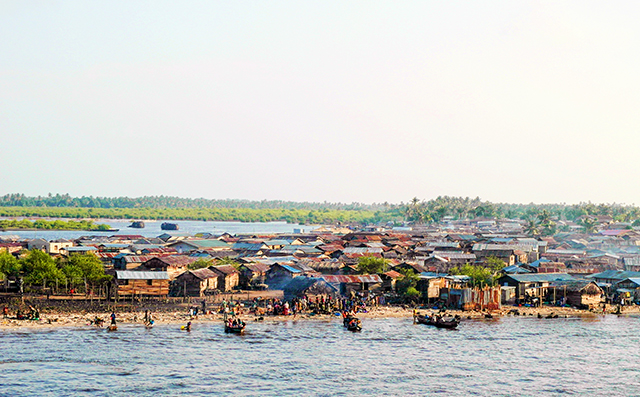
Eni has begun producing gas and condensate from its Obiafu 41 find, with output going to the domestic power market.
The company paid particular attention to the speed with which the well had been brought into production, only three weeks after it was completed. Eni said this was driven by its integrated model, under which various parts of the company work in parallel during exploration, with a focus on developing finds via existing production facilities. The well was drilled as part of an effort to chase near-field and deeper opportunities.
The find holds around 28 billion cubic metres of gas and 60 million barrels of condensate. Once it has finished ramping up, production will be 3 mcm per day of gas and 3,000 barrels per day of condensate.
Gas will go to the 28 mcm per day Ob-Ob plant and then on to the Okpai Power Plant, with both of these facilities operated by Eni. The power plant is Nigeria’s first independent facility, it said, with an installed capacity of 480 MW and work under way to boost this to 1 GW. Once it reaches this increased capacity, this will see Eni producing around 20% of Nigeria’s electricity.
Okpai was commissioned in April 2005, construction was challenging with complicated logistics. While the plant has largely been a success, it does face challenges in exporting power and its exports have been constrained at times.
In July, Nigerian National Petroleum Corp.’s (NNPC) then-head Maikanti Baru said third-party financing plans had been put in motion for the Okpai expansion project, with a projected cost of $658.42mn.
Eni also provides power to around 500,000 people, in 85 communities, from its facilities beyond Okpai.
Producing gas for power generation helps the local economy and reduces flaring. Eni intends to reach zero flares across its operations by 2025, a step ahead of competitors such as Shell, which is aiming for 2030, in line with a World Bank initiative. NAOC uses about 93% of its produced gas, the company said in 2018.
The Obiafu 41 find, in the deeper part of the Obiafu-Obrikom fields, was announced in August. The Ob-Ob fields were discovered in the early 1970s. The well was drilled in OML 61, onshore in the Niger Delta. Eni has a 20% stake in the venture, as does Oando, while Nigerian National Petroleum Corp. (NNPC) has 60%.
The well was drilled to a total depth of 4,374 metres and found more than 130 metres of hydrocarbon-bearing sands, in the deltaic sequence of the Oligocene. Eni has plans to carry out more work in the area with a further appraisal campaign. The first find was made on OML 61 in 1965, with the Ebocha discovery.
